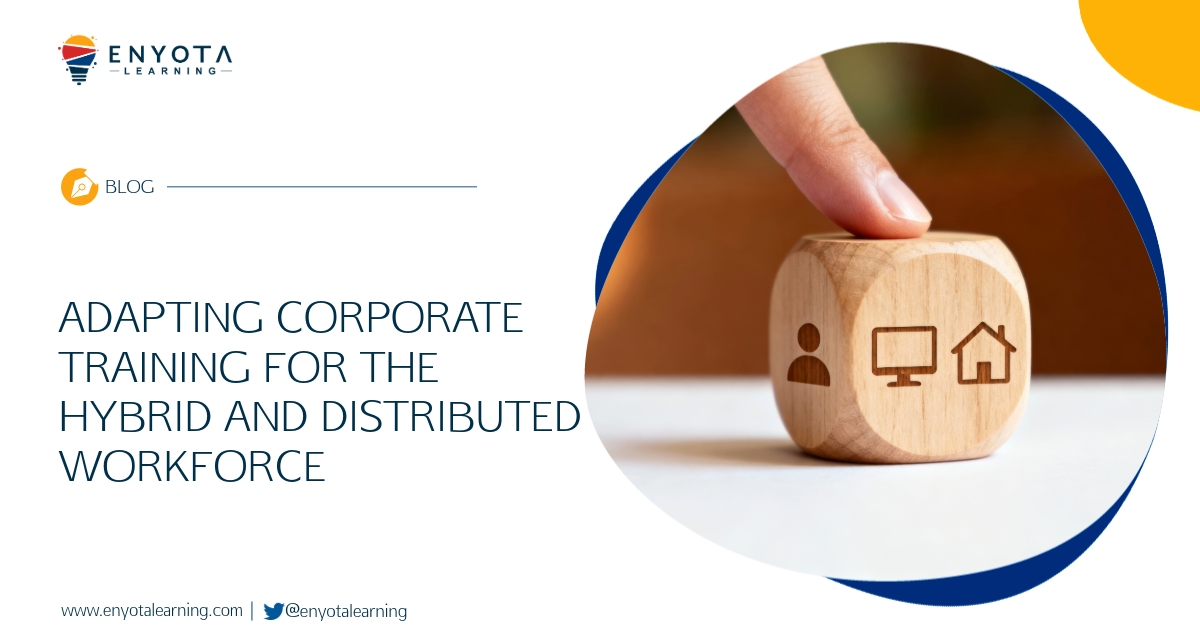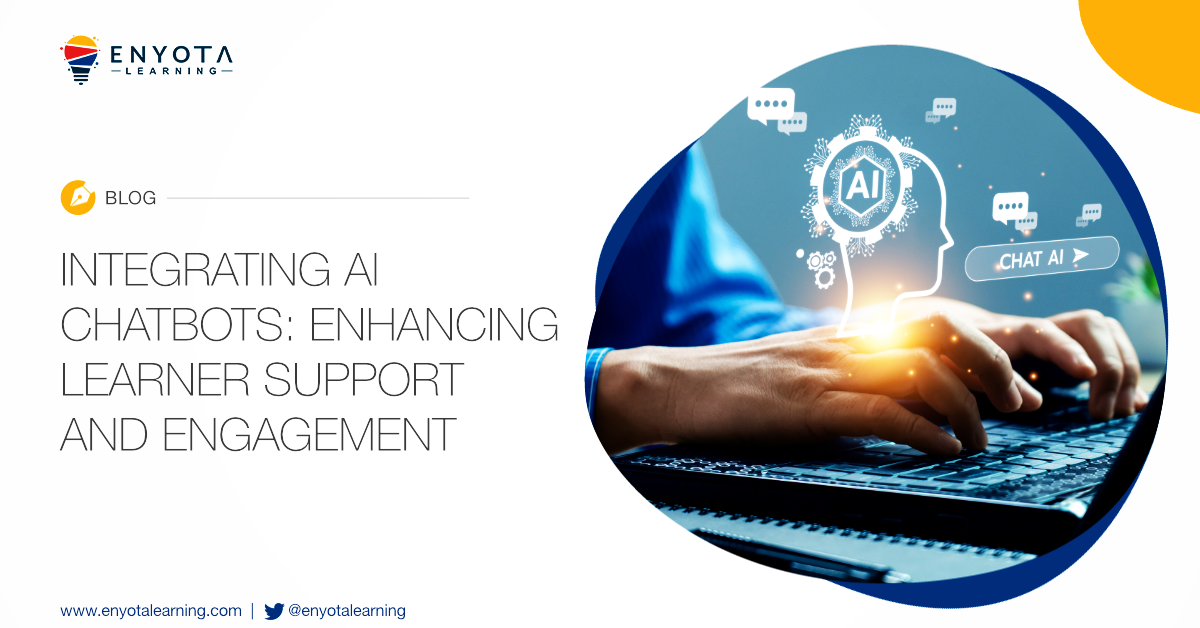What is Multi-Modal Learning Content
Multi-modal learning content are types of training materials that use multiple modes of communication, such as text, images, audio, video, and gestures, to convey information and engage learners.
Multi-modal learning content can appeal to different learning styles and preferences, such as visual, auditory, reading/writing, and kinesthetic.
Multi-modal learning content can also enhance the understanding and retention of complex concepts by providing multiple perspectives and representations. By using multi-modal learning content, educators can create more effective and inclusive learning experiences for their students.
One way to create multi-modal learning content is to use multimedia tools that allow you to combine different modes of communication in a single platform. For example, an Instructional Designer can use a Video Developer to create a video that includes narration, captions, images, music, and examples.
Another way to create multi-modal learning content is to use multiple platforms that complement each other. For example, an Instructional Designer can use a blog to provide text and images, a podcast to provide audio, and a quiz to provide interactivity.
Importance of Repurposing Existing Training Content into Multimodal Learning Content
Since multimodal learning content uses multiple modes of communication such as text, audio, video, images, and interactive elements to deliver information and engage learners, repurposing existing training content can help you achieve several benefits. Some of these benefits for your organization and your learners are:
- You can increase the accessibility and inclusivity of your training content by providing multiple options for learners with varying preferences, needs, and abilities.
- You can enhance the retention and transfer of knowledge by appealing to varying learning styles and reinforcing key concepts through multiple channels.
- You can boost the engagement and motivation of your learners by creating more immersive and interactive learning experiences that cater to their interests and goals.
- You can save time and resources by leveraging the existing content that you have already created and updating it with new modes and formats.
Therefore, repurposing existing training content into multimodal learning content as a way to improve the quality and effectiveness of your training programs is a very good idea.
Benefits of Repurposing Existing Training Content in Multimodal Training Content
- Repurposing existing training content into multimodal learning content can help you save time and money by using the resources you already have.
- The updated content can increase learner engagement and retention by offering different formats and modalities to suit their preferences and needs.
- Repurposing existing training content into multimodal learning content can enhance the quality and relevance of your eLearning courses by updating outdated or obsolete information and adding new insights or perspectives.
- Updated learning content can boost the accessibility and reach of your eLearning courses by making them compatible with modern devices and platforms.
- Repurposing existing training content into multimodal learning content can support continuous learning and development by providing learners with more opportunities to review, practice, and apply their skills and knowledge.
Challenges of Repurposing Existing Training Content into Multimodal Training Content
Repurposing existing training content into multimodal training content can be a challenging task for instructional designers and trainers. Some of the challenges of repurposing existing training content into multimodal training content are:
-
Identifying the most suitable modes of communication for the learning objectives and the target audience
Varying modes of communication have their own strengths and limitations and may not be equally effective for all types of content or learners. For example, text may be more suitable for conveying information, while video may be more suitable for demonstrating a skill or a process.
-
Ensuring the coherence and consistency of the multimodal training content
Repurposing existing training content into multimodal training content may require adding, deleting, modifying, or reorganizing some elements of the content to make it more engaging and effective. However, this should not compromise the coherence and consistency of the content, which means that the different modes of communication should complement and reinforce each other, and not contradict or confuse the learners.
-
Evaluating the quality and effectiveness of the multimodal training content
Repurposing existing training content into multimodal training content may require using specific tools and techniques to create and deliver the content, such as multimedia authoring software, learning management systems, web conferencing platforms, etc. These tools and techniques may have unique features and functionalities and may affect the quality and effectiveness of the multimodal training content in various ways. For example, some tools may have limitations in terms of file size, format compatibility, accessibility, interactivity, etc. Therefore, it is important to evaluate the quality and effectiveness of the multimodal training content using appropriate criteria and methods.
What’s the easiest way to repurpose existing training content into multimodal training content?
If you want to repurpose your existing training into multimodal training content, you might be overwhelmed by the complexity and variety of options available.
You need to consider factors such as learner preferences, content types, delivery formats, and learning outcomes. That’s why contacting a custom eLearning services provider is the best way to achieve your goals with minimal stress and maximum quality and output.
All of the challenges mentioned above are something that custom eLearning developers tackle on a regular basis, making course conversion and repurposing a very simple and straight forward task for them.
A custom eLearning services provider can help you design and develop engaging, effective, and accessible eLearning solutions to suit your specific needs and budget. They can also help you leverage the latest technologies and trends in eLearning, such as gamification, microlearning, adaptive learning, and more. By outsourcing your eLearning development to a professional company, you can save time, money, and resources, while ensuring a high return on investment for your training initiatives.
Conclusion
To sum up, eNyota Learning is the best choice for repurposing your existing training content into various formats such as videos, SCORM modules, eBooks, infographics, and more.
We have been providing this service since 2007 and have helped many clients achieve their learning goals.
If you are interested in transforming your training content and engaging your learners, you can contact us anytime or write to us at contact@enyotalearning.com. We look forward to hearing from you soon. Also, test our LMS free for 30 days at Abara LMS.




